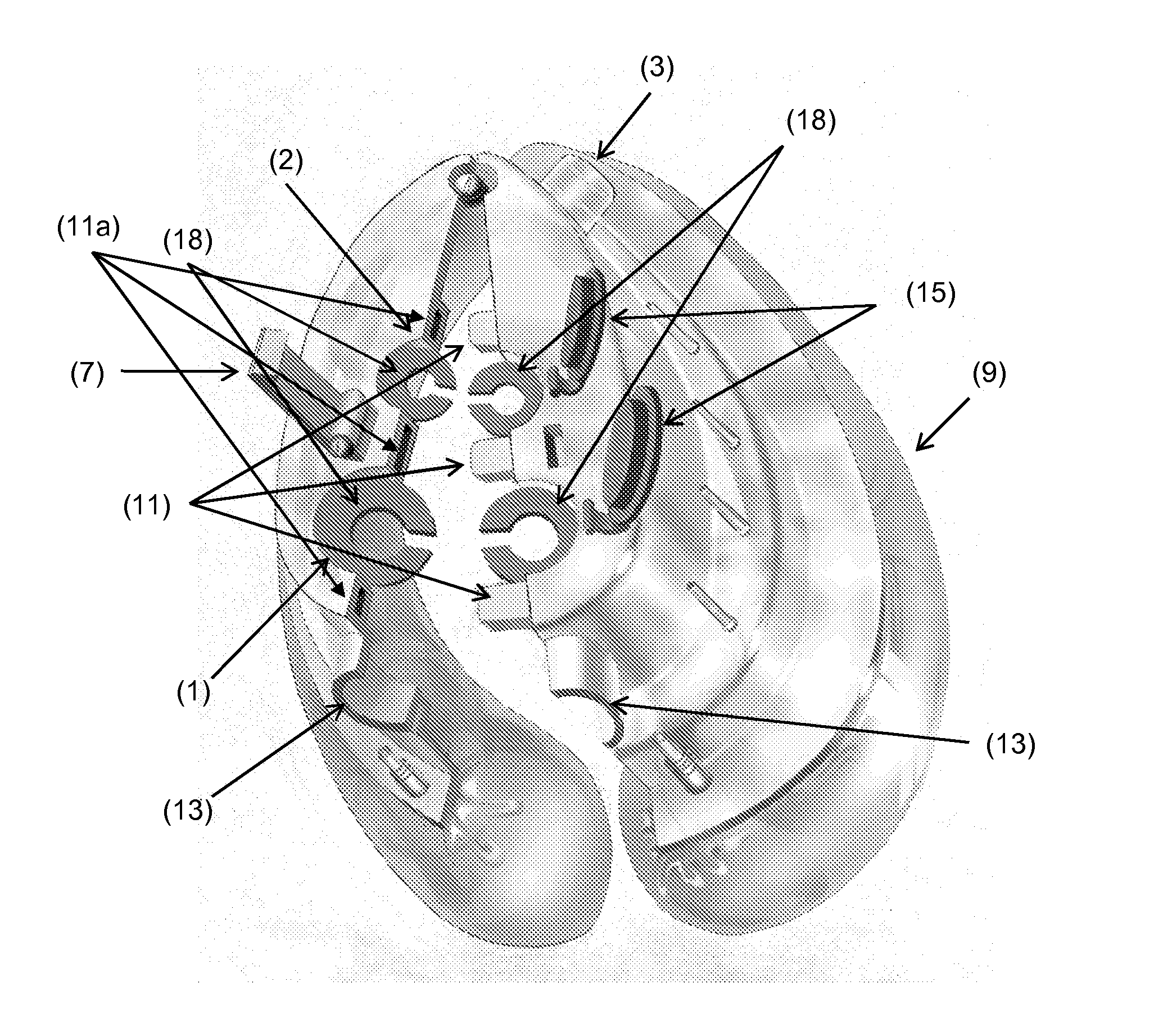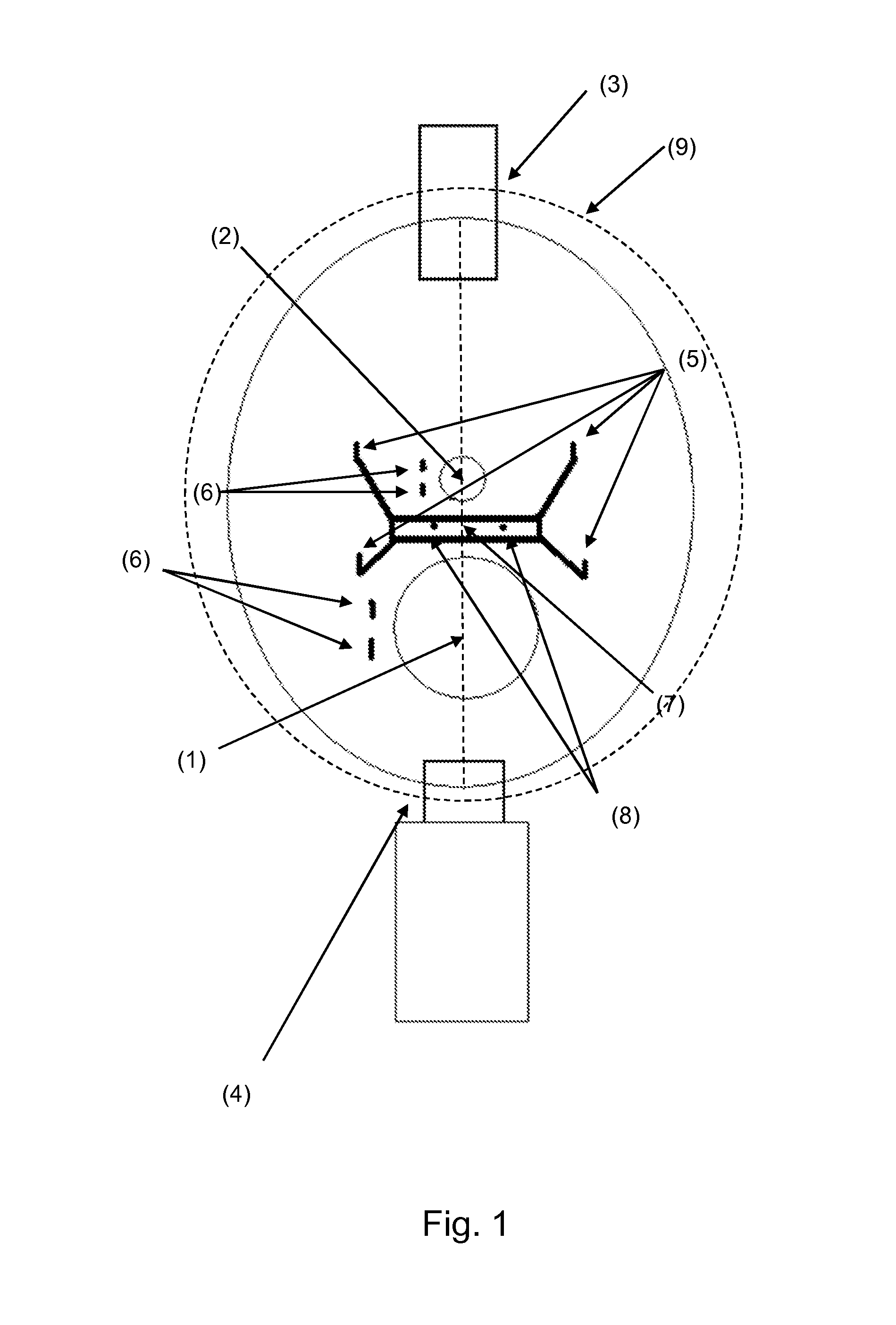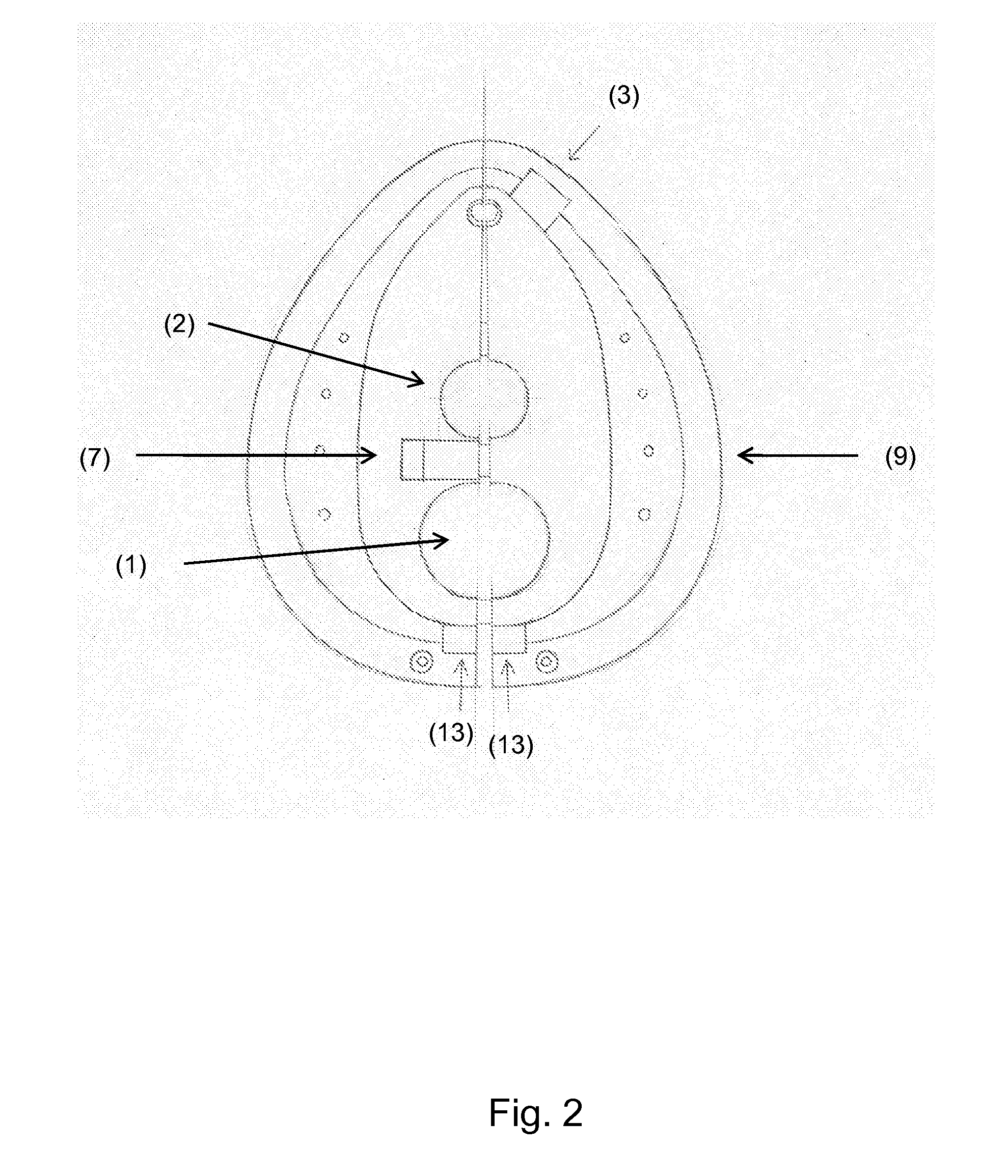Non-invasive ventilation mask and use thereof
a ventilation mask and non-invasive technology, applied in the field of respiratory devices and methods, can solve the problems of unfitting for many probes, most masks will be wasted, and available masks can only be used for limited kinds of endoscopy
- Summary
- Abstract
- Description
- Claims
- Application Information
AI Technical Summary
Benefits of technology
Problems solved by technology
Method used
Image
Examples
example 1
[0069]Endotracheal intubation under fiberoptic guide is the suggested technique for planned difficult endotracheal intubation in the operating room. Awake intubation is an extremely painful procedure.
[0070]PATIENT A didn't receive sedation and died of myocardial infarction during the procedures. Tachycardia and hypertension caused by the procedure initiated myocardial infarction in this patient.
[0071]PATIENT B received too much sedation for the procedure and died because of hypoxia and respiratory failure. The sedation caused respiratory arrest in this patient.
[0072]PATIENT C was anesthetized and but underwent endotracheal intubation with delay because of difficult airway. He died shortly thereafter (hypoxic brain death). The junior anesthesiologist wasn't confident with the procedure of fiberoptic intubation.
[0073]In patient A, the presence of the mask of the invention would have allowed the physician to administer sedation to the patient and prevent myocardial infarction. In patie...
example 2
[0074]Transoesophageal echocardiography (TEE) is widely used in intensive care units, arrhythmology departments (before electrical cardioversion and / or ablation procedures), cardiac surgery departments (before cardiac surgery), cardiology outpatients.
[0075]PATIENT A was denied TEE because suffering of chronic obstructive pulmonary disease and died shortly thereafter of severe aortic stenosis.
[0076]PATIENT B received general anesthesia to perform TEE in the suspect of severe aortic stenosis and died because of general anesthesia
[0077]PATIENT C was slowly recovering in intensive care unit after major surgery. He received TEE to diagnose pericardial effusion. His clinical condition deteriorated during the procedure, the patient required intubation and died 2 weeks later because of ventilator associated pneumonia.
[0078]PATIENT D was planned for percutaneous aortic valve replacement (too high risk for cardiac surgery). The procedure was lengthy and after three hours he became restless an...
PUM
 Login to View More
Login to View More Abstract
Description
Claims
Application Information
 Login to View More
Login to View More - R&D
- Intellectual Property
- Life Sciences
- Materials
- Tech Scout
- Unparalleled Data Quality
- Higher Quality Content
- 60% Fewer Hallucinations
Browse by: Latest US Patents, China's latest patents, Technical Efficacy Thesaurus, Application Domain, Technology Topic, Popular Technical Reports.
© 2025 PatSnap. All rights reserved.Legal|Privacy policy|Modern Slavery Act Transparency Statement|Sitemap|About US| Contact US: help@patsnap.com



